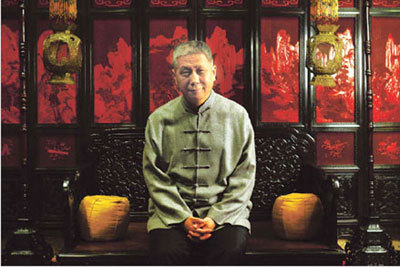 |
|||
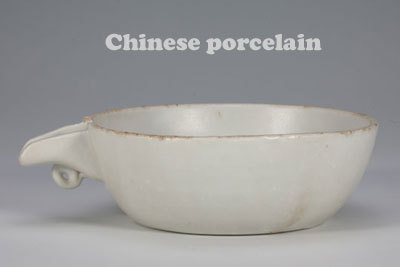 |
Porcelain was invented in China, perhaps as early as the seventh or eighth century AD. The Chinese use the word ci to mean either porcelain or stoneware, not distinguishing between the two. In the West, porcelain usually refers to high-fired (about 1300º) white ceramics, whose bodies are translucent and make a ringing sound when struck. Stoneware is a tougher, non-translucent material, fired to a lower temperature (1100-1250º). A number of white ceramics were made in China, several of which might be termed porcelain. The northern porcelains, such as Ding ware, were made predominantly of clay rich in kaolin. In southern China, porcelain stone was the main material. |
||
|
Get to know the curator |
|||
|
In an era when the rest of the country hoarded every spare penny towards a color television for the home, Ma Weidu was scrounging around flea markets and blowing his savings on scruffy doors and window-panels and worn-out chairs and tables. That was in the early 1980s, a misty period wedged between a life-changing revolution that had overturned traditions in life and art and an equally meteoric spurt of economic growth that would also redefine values and priorities in China.
But then Ma has always been apart from the crowds. With only four years of formal education, Ma is a self-taught scholar. Born in 1955 and raised in an army courtyard, he did not excel in the education system of that time.
It was his interest in literature that kept him locked to learning. In his early 20s, he sent a novel he had written to China Youth Daily, which not only published it but also appointed Ma as the youngest editor of Youth Literature, one of the most influential magazines of that time. more...
|
|||
|
 |
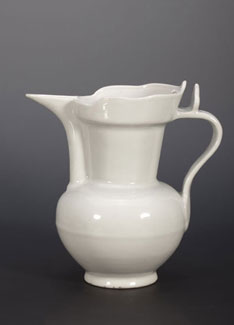 |
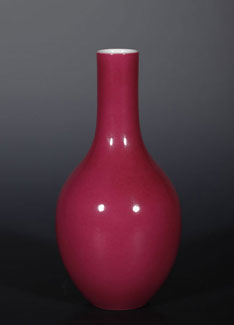 |
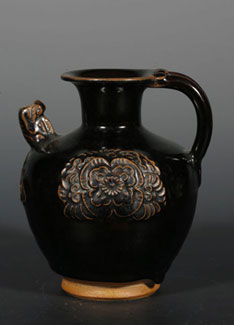 |
|
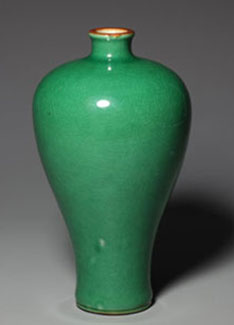 |
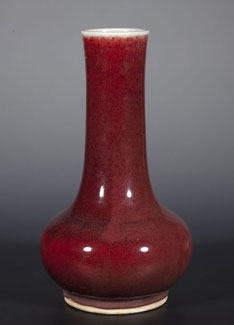 |
 |
 |
